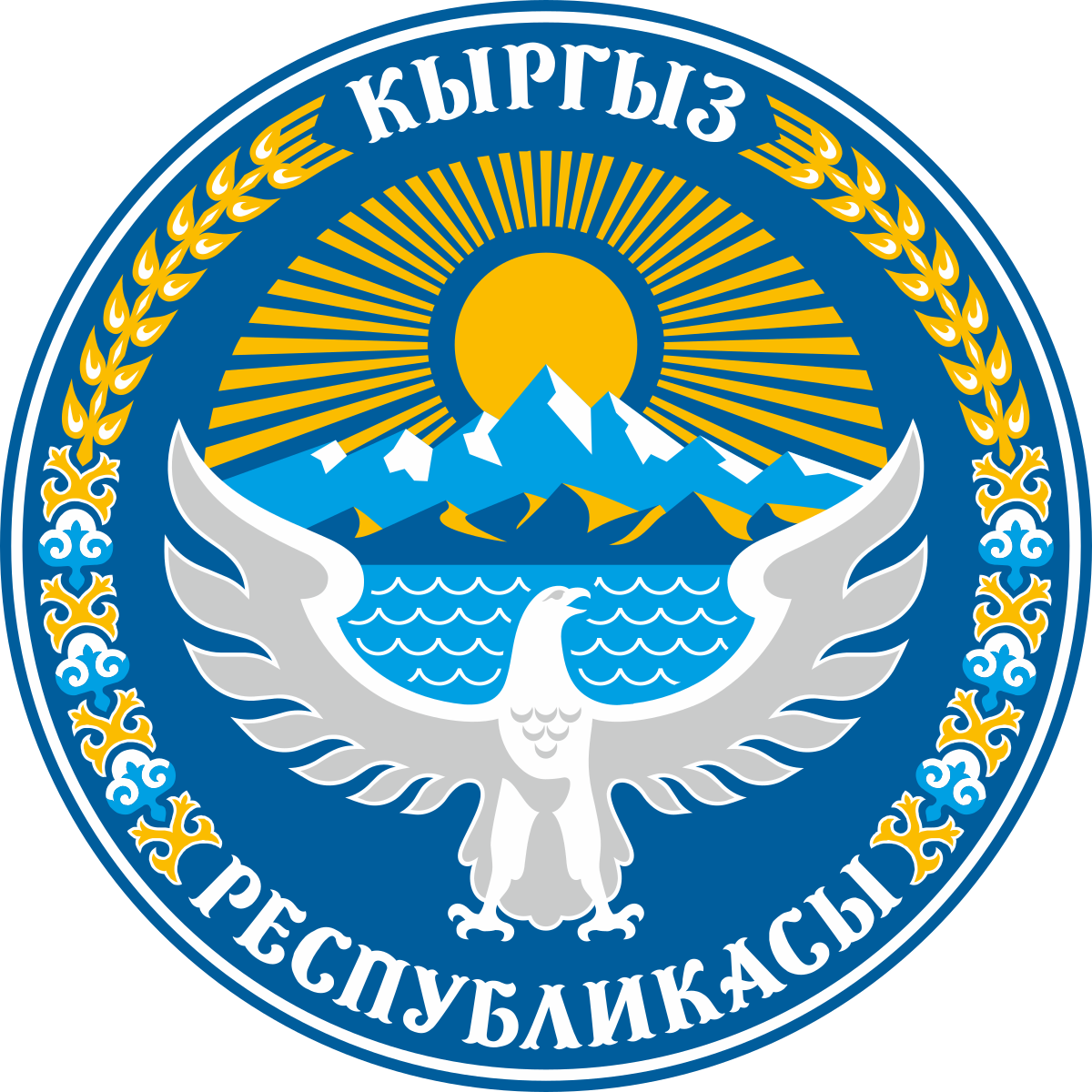A Central Asian country of incredible natural beauty and proud nomadic traditions, most of the territory of present-day Kyrgyzstan was formally annexed to the Russian Empire in 1876. The Kyrgyz staged a major revolt against the Tsarist Empire in 1916 in which almost one-sixth of the Kyrgyz population was killed. Kyrgyzstan became a Soviet republic in 1936 and achieved independence in 1991 when the USSR dissolved. Nationwide demonstrations in the spring of 2005 resulted in the ouster of President Askar AKAEV, who had run the country since 1990. Former Prime Minister Kurmanbek BAKIEV overwhelmingly won the presidential election in the summer of 2005. Over the next few years, he manipulated the parliament to accrue new powers for the presidency. In July 2009, after months of harassment against his opponents and media critics, BAKIEV won reelection in a presidential campaign that the international community deemed flawed. In April 2010, violent protests in Bishkek led to the collapse of the BAKIEV regime and his eventual flight to Minsk, Belarus. His successor, Roza OTUNBAEVA, served as transitional president until Almazbek ATAMBAEV was inaugurated in December 2011, marking the first peaceful transfer of presidential power in independent Kyrgyzstan's history. Continuing concerns include: the trajectory of democratization, endemic corruption, poor interethnic relations, border security vulnerabilities, and potential terrorist threats.
Under the 2010 Constitution, ATAMBAEV is limited to one term, which will end in 2017. Constitutional amendments passed in a referendum in December 2016 include language that transfers some presidential powers to the prime minister. Disagreement over the constitutional amendments compelled ATAMBAEV’s ruling Social Democratic Party of Kyrgyzstan to dissolve and create a new majority coalition in the Jogorku Kengesh that excluded opposition parties critical of the amendments.
Kyrgyzstan is a parliamentary republic.
Source: CIA World Factbook
Members:
Resources
Displaying 6 - 10 of 85Governmental Decree No. 137 validating the Regulation on State land cadastre.
This Governmental Decree establishes that the scope of land cadastre shall be to provide state bodies of all levels, natural and legal persons with the informationrelated to land areas and land quality located within the boundaries of urban areas, local government, districts and at the national level.
Ministerial Decree No. 75 validating the Regulation on Department on cadastre and registration of rights to immovable property subordinated to State Registration Service.
This Ministerial Decree establishes that Department on cadastre and registration of rights to immovable property shall be responsible for keeping land cadastre, mapping, registration of rights to immovable property and ensuring legal protection of registered rights to immovable property.
Governmental Decree No. 677 validating the Regulation on management of land of state natural parks.
This Governmental Decree classifies areas of state natural parks in three categories: (a) protected; (b) ecologically stabilizing; (c) tourist and recreational; and (d) area of limited economic activity. Any activity causing deterioration and exhaustion of natural resources and objects and also violating different protection regimes shall be prohibited on the territory of state natural parks.
Order No. 107 of the State Registration Agency validating Practical Instruction on state registration of rights and encumbrances of immovable property and transactions therewith.
This Order establishes that the following rights and encumbrances (restrictions) of immovable property, including land plots, shall be subject to compulsory registration: (a) ownership; (b) servitude; (c) nature management; and (d) open-ended land tenure. Registration shall be carried out through application by the following categories: (a) owner; (b) landlord; (c) leaseholder; (d) pledgeholder; (e) trust manager; (f) bankruptcy administrator; (g) tutor; (g) trustee; (h) by power of attorney; and (i) other persons in accordance with legislation.
Law No. 228 amending Law No. 153 “On registration of rights to immovable property and transactions therewith”.
Article 24 shall be amended to add the following wording: “Authority carrying out state registration of rights to immovable property and transactions therewith shall submit to the authorized institution for combating the financing of terrorism and legalization of proceeds of crime information on transactions with immovable property”.
Amends: Law No. 153 “On registration of rights to immovable property and transactions therewith”. (2007-08-09)


